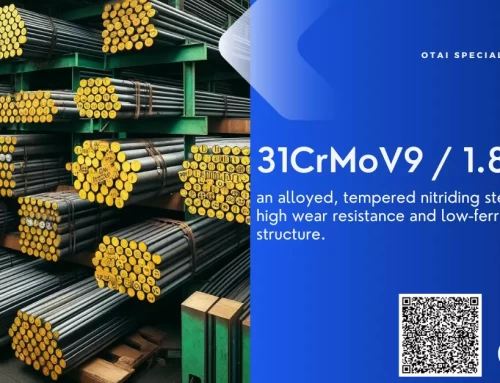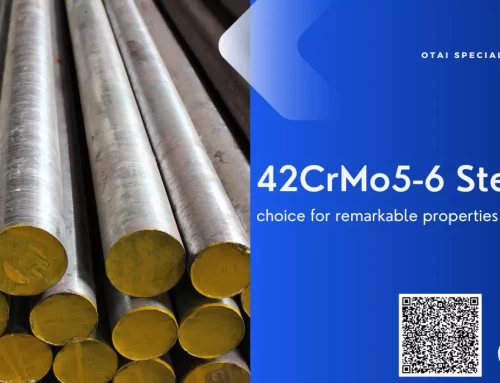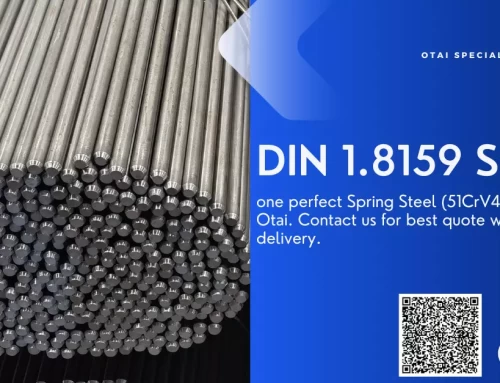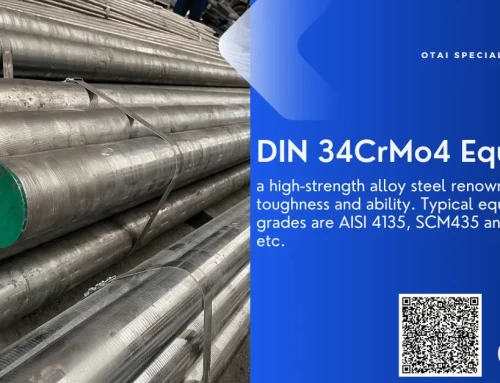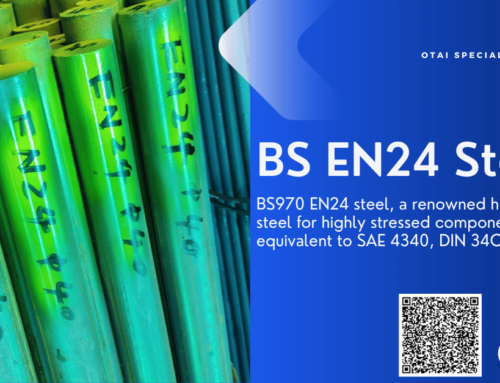AISI 8620 Steel is a low alloy nickel, chromium, molybdenum case hardening steel, generally supplied in the as rolled condition with a maximum hardness HB 255max. SAE steel 8620 offers high external strength and good internal strength, making it highly wear resistant. AISI 8620 steel has a higher core strength than grades 8615 and 8617.
SAE 8620 alloy steel is flexible during hardening treatments, thus enabling improvement of case/core properties. Pre hardened and tempered (uncarburized) 8620 can be further surface hardened by nitriding but will not respond satisfactorily to flame or induction hardening due to its low carbon content.
Steel 8620 is suited for applications which require a combination of toughness and wear resistance. This grade is commonly supplied in round bar.
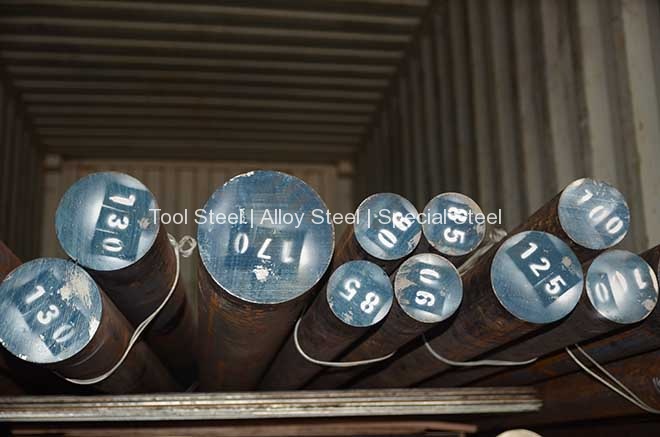
1. AISI 8620 Steel Supply Range
8620 Round Bar: diameter 8mm – 3000mm
8620 Steel Plate: thickness 10mm – 1500mm x width 200mm – 3000mm
8620 Square Bar: 20mm – 500mm
8620 tubes are also available against your detailed request.
Surface Finish: Black, Rough Machined, Turned or as per given requirements.
2. SAE 8620 Steel Specification and Relevant Standards
|
Country |
USA | DIN | BS | BS |
Japan |
|
Standard |
ASTM A29 | DIN 1654 | EN 10084 |
BS 970 |
|
|
Grades |
8620 |
1.6523/ |
1.6523/ |
805M20 |
SNCM220 |
3. ASTM 8620 Steels & Equilvalents Chemical Composition
| Standard | Grade | C | Mn | P | S | Si | Ni | Cr | Mo |
| ASTM A29 | 8620 | 0.18-0.23 | 0.7-0.9 | 0.035 | 0.040 | 0.15-0.35 | 0.4-0.7 | 0.4-0.6 | 0.15-0.25 |
| DIN 1654 | 1.6523/ 21NiCrMo2 |
0.17-0.23 | 0.65-0.95 | 0.035 | 0.035 | ≦0.40 | 0.4-0.7 | 0.4-0.7 | 0.15-0.25 |
| EN 10084 | 1.6523/ 20NiCrMo2-2 |
0.17-0.23 | 0.65-0.95 | 0.025 | 0.035 | ≦0.40 | 0.4-0.7 | 0.35-0.70 | 0.15-0.25 |
| JIS G4103 | SNCM220 | 0.17-0.23 | 0.6-0.9 | 0.030 | 0.030 | 0.15-0.35 | 0.4-0.7 | 0.4-0.65 | 0.15-0.3 |
| BS 970 | 805M20 | 0.17-0.23 | 0.6-0.95 | 0.040 | 0.050 | 0.1-0.4 | 0.35-0.75 | 0.35-0.65 | 0.15-0.25 |
4. AISI 8620 Steel Mechanical Properties
- 8620 Physical Properties:
Density (lb / cu. in.) 0.283
Specific Gravity 7.8
Specific Heat (Btu/lb/Deg F – [32-212 Deg F]) 0.1
Melting Point (Deg F) 2600
Thermal Conductivity 26
Mean Coeff Thermal Expansion 6.6
Modulus of Elasticity Tension 31
- 8620 Steel Mechanical Properties
| Properties | Metric | Imperial |
| Tensile strength | 530 MPa | 76900 psi |
| Yield strength | 385 MPa | 55800 psi |
| Elastic modulus | 190-210 GPa | 27557-30458 ksi |
| Bulk modulus (typical for steel) | 140 GPa | 20300 ksi |
| Shear modulus (typical for steel) | 80 GPa | 11600 ksi |
| Poisson’s ratio | 0.27-0.30 | 0.27-0.30 |
| Izod Impact | 115 J | 84.8 ft.lb |
| Hardness, Brinell | 149 | 149 |
| Hardness, Knoop (converted from Brinell hardness) | 169 | 169 |
| Hardness, Rockwell B (converted from Brinell hardness) | 80 | 80 |
| Hardness, Vickers (converted from Brinell hardness) | 155 | 155 |
| Machinability (hot rolled and cold drawn, based on 100 machinability for AISI 1212 steel) | 65 | 65 |
5. Forging of Material 8620 Steel
AISI 8620 alloy steel is forged at a start temperature of around 2250ºF (1230ºC) down to approximately 1700ºF(925ºC.) prior to the hardening heat treatment or carburizing. The alloy is air cooled after forging.
6. ASTM 8620 Steel Heat Treatment
- Annealing
AISI 8620 steel may be given a full anneal by heat to 820℃ – 850℃, and hold until temperature is uniform throughout the section and cool in furnace or air cooled.
- Tempering
Tempering of heat treated and water quenched parts of 8620 steels (not carburized) is done at 400 F to 1300 F to improve case toughness with minimal effect on its hardness. This will also reduce the possibility of grinding cracks.
- Hardening
The AISI steel 8620 will be austenitized at around 840°C – 870°C, and oil or water quenched depending upon section size and intricacy. Cool in Air or Oil required.
- Normalizing
1675ºF (910ºC) and air cool. This is another method of improving machinability in 8620 material; normalizing might also be used prior to case hardening.
7. Machinability of SAE 8620 Steel
The 8620 alloy steel is readily machined after heat treatment and/or carburizing, should be at a minimum so as not to impair the hardened case of the part. Machining may be done by conventional means prior to heat treatment – after carburizing machining is usually limited to grinding.
8. Welding of 8620 Materials
The alloy 8620 may be welded as rolled condition by conventional methods, usually gas or arc welding. Preheating at 400 F is beneficial and subsequent heating after welding is recommended – consult the approved weld procedure for the method used. However, welding in the case hardened or through hardened condition is not recommended
9. Application of ASTM 8620 Steel
AISI 8620 steel material is used extensively by all industry sectors for light to medium stressed components and shafts requiring high surface wear resistance with reasonable core strength and impact properties.
Typical applications are: Arbors, Bearings, Bushings, Cam Shafts, Differential Pinions, Guide Pins, King Pins, Pistons Pins, Gears, Splined Shafts, Ratchets, Sleeves and other applications where it is helpful to have a steel that can be readily machined and carburized to controlled case depths.
10. Our Important Customer for 8620 Round


